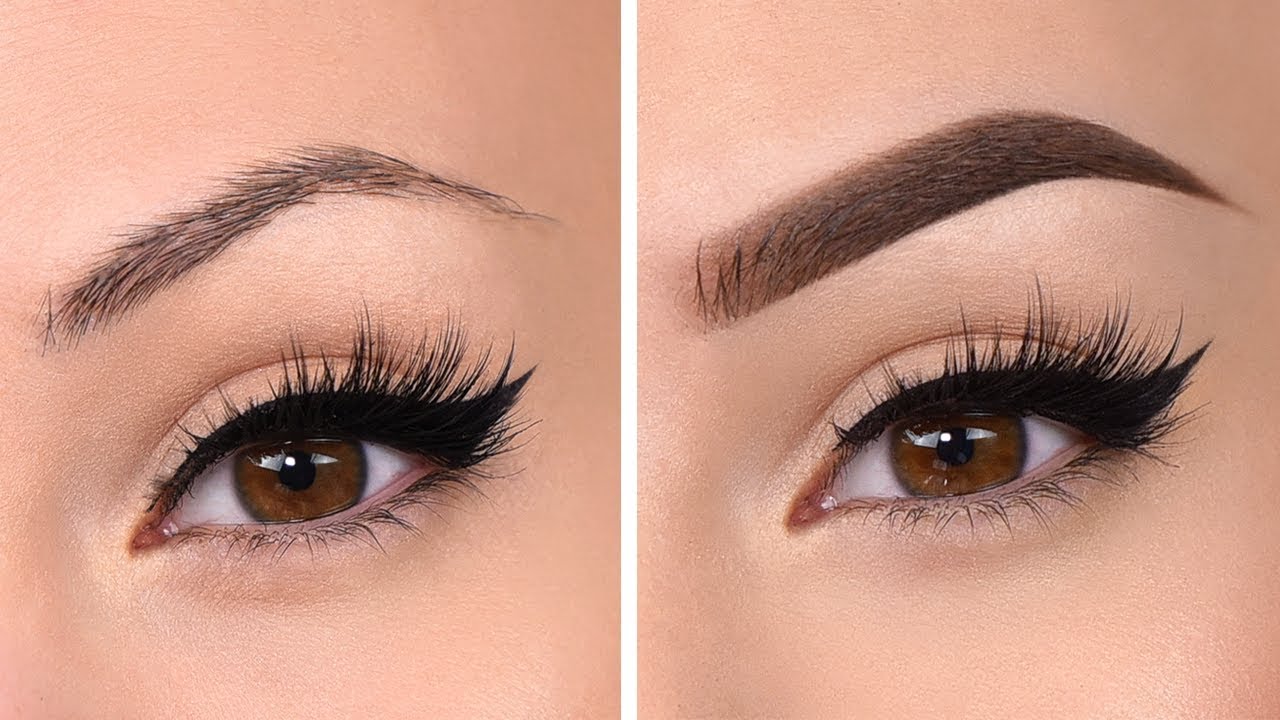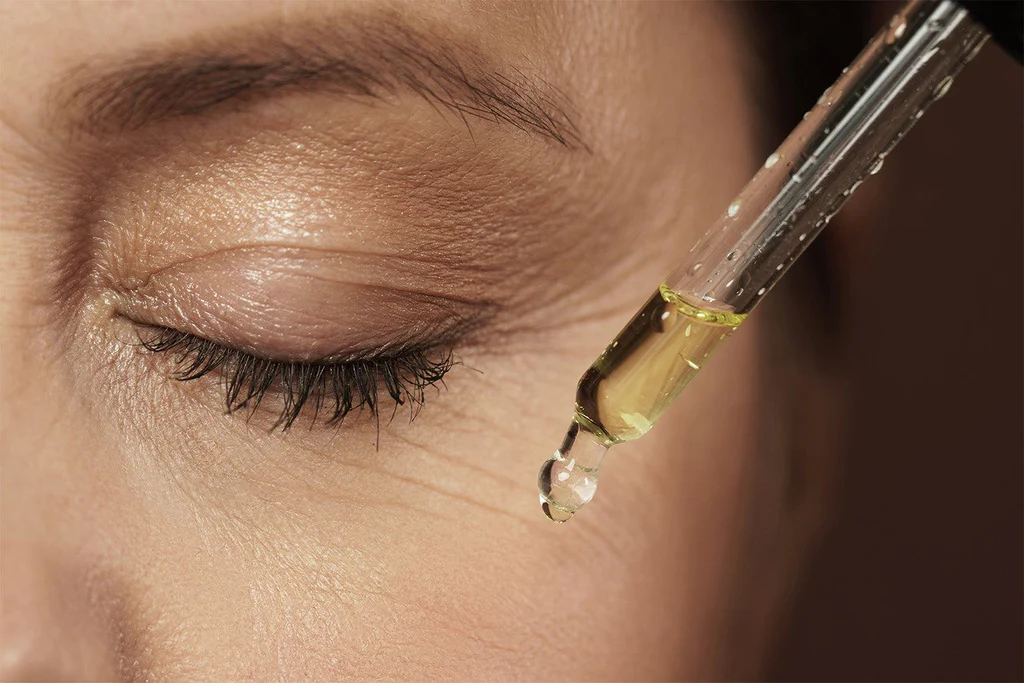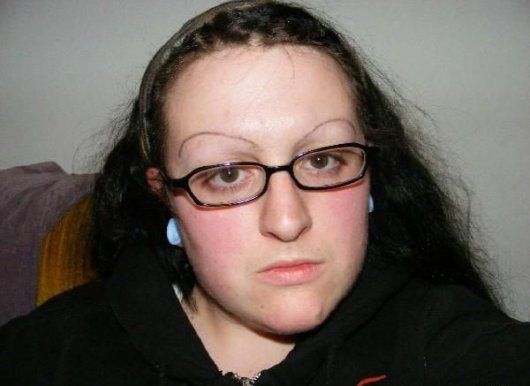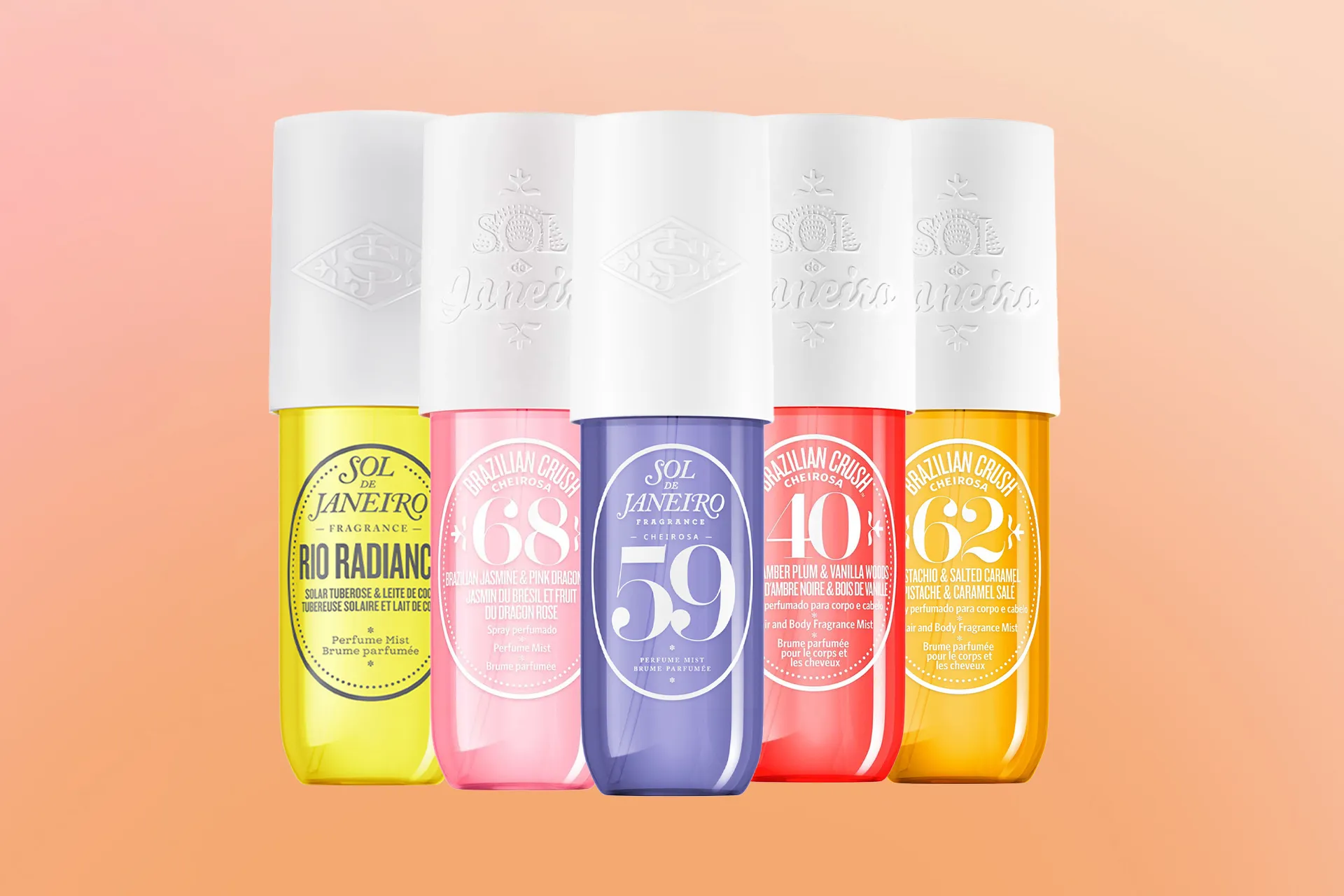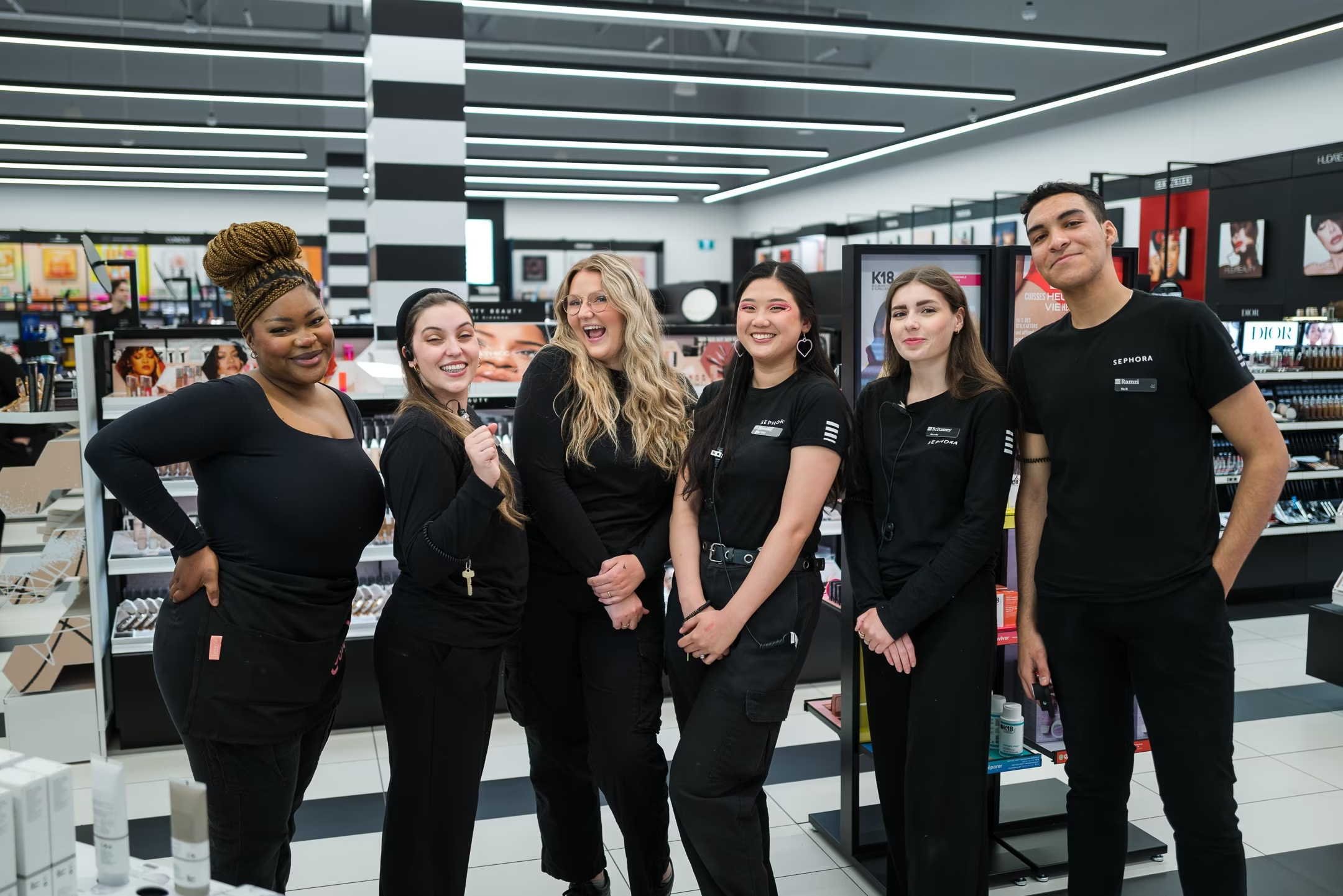
 By
Your Beauty Plug
By
Your Beauty Plug
Henna is a natural dye that has been used for centuries to color hair and skin. It is popular for its long-lasting and vibrant results, especially for eyebrows. But is henna safe for eyebrows? What are the pros and cons of using henna for eyebrow tinting? In this blog post, we will answer these questions and more.
Henna is a dye made from the leaves of the henna plant (Lawsonia inermis). It’s believed that the Ancient Egyptians were the first people to use it to color their skin and hair. The use of henna dyes then spread throughout Africa and the Indian Subcontinent. Now, henna dyes are used all over the world.
High-quality, modern henna dyes are still largely, often totally, natural. It is, however, important to be aware that lower-quality henna dyes can have chemical additives. Some of these can trigger serious reactions. This is particularly common with black henna (sometimes called neutral henna), which contains a synthetic ingredient called PPD (paraphenylenediamine).
Your eyebrows frame your eyes and enhance your facial features. Using henna on your eyebrows can significantly improve their appearance and boost your confidence. Here are some of the benefits of using henna for eyebrow tinting:
Henna eyebrows are not perfect, however. There are some drawbacks and limitations that you should be aware of before trying this treatment. Here are some of the cons of using henna for eyebrow tinting:
Q: How do I prepare for a henna brows treatment?
A: Before getting a henna brows treatment, you should do a patch test to make sure you are not allergic to the dye. You should also avoid using any products that can interfere with the dye, such as makeup, moisturizers, oils, or exfoliants. You should also avoid waxing, threading, or plucking your eyebrows for at least 24 hours before the treatment.
Q: How do I take care of my henna brows after the treatment?
A: After getting a henna brows treatment, you should avoid getting your eyebrows wet for at least 24 hours. This includes washing your face, swimming, sweating, or using any products that can remove the dye. You should also avoid rubbing, scratching, or touching your eyebrows, as this can cause the dye to fade faster. To keep your eyebrows looking fresh and vibrant, you can apply a brow oil or serum every night.
Q: How do I fix my henna brows if they look overdone or unnatural?
A: If you are unhappy with the results of your henna brows treatment, you can try to remove or lighten the dye with some natural remedies. Some of the most effective ones are lemon juice, baking soda, olive oil, or vinegar. You can apply these to your eyebrows with a cotton pad and leave them for 10-15 minutes, then rinse with warm water. You may need to repeat this process several times until you get the desired result.
Q: Can I use henna on my eyelashes?
A: No, you should not use henna on your eyelashes. Henna dyes are not approved for use on the eyelashes, as they can cause irritation, inflammation, or infection in the eyes. Henna dyes can also damage the delicate eyelash hairs and make them brittle and weak. If you want to tint your eyelashes, you should use a professional eyelash tint that is specifically designed for this purpose.
Henna eyebrows are a popular and natural way to enhance your eyebrows. They are quick, affordable, painless, safe, and effective. However, they are also messy, difficult, limited, and not very long-lasting. They are also not suitable for everyone and can cause allergic reactions in some cases. Before trying henna eyebrows, you should weigh the pros and cons and decide if they are right for you. You should also consult a professional brow technician who can advise you on the best henna dye and application method for your eyebrows.

